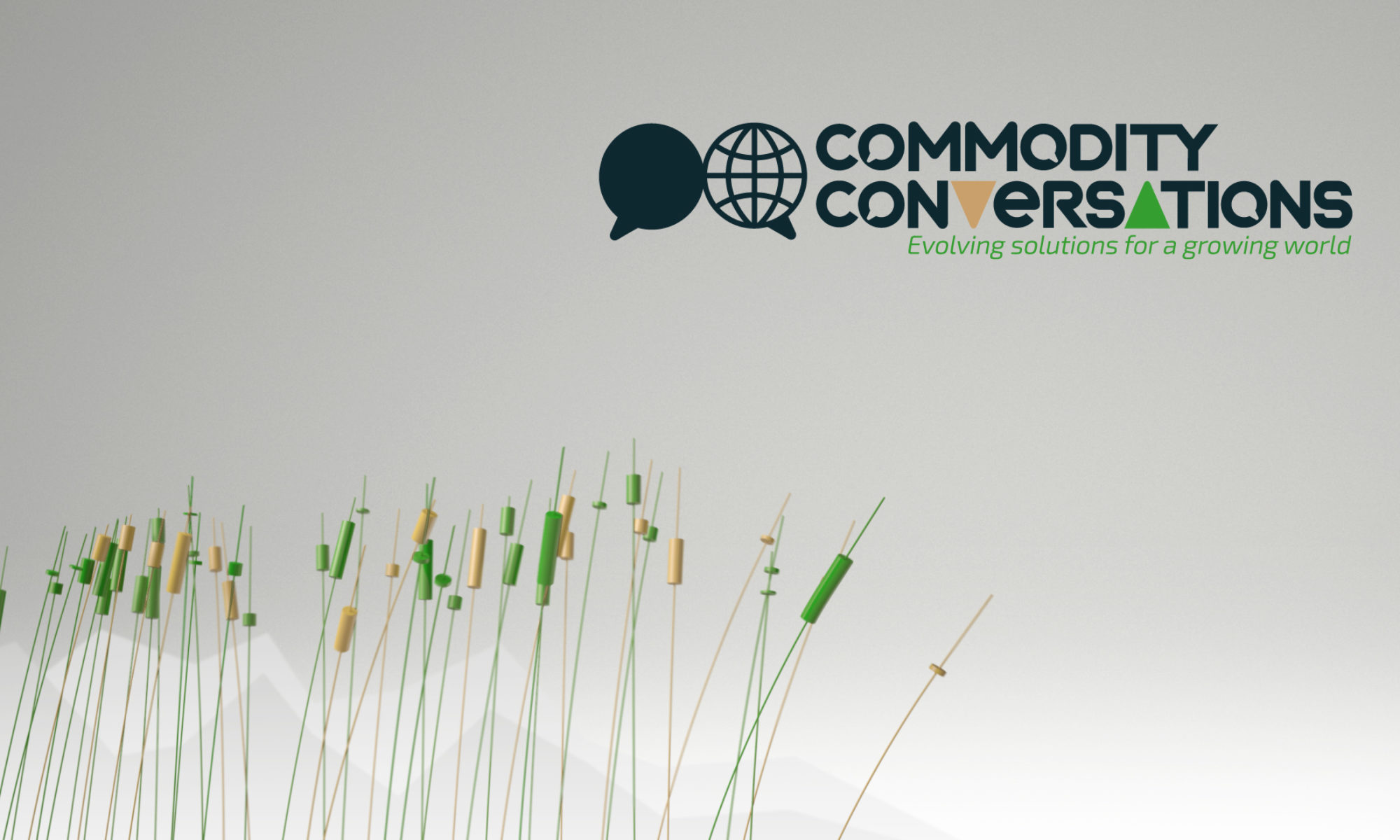In what some commentators suggest might be the beginning of the end of the recent commodity boom, the Chinese government is tightening credit in the domestic market. It has also announced a ‘zero tolerance for monopoly behaviour’ in the spot and futures markets and the ‘hoarding’ of commodities’. The moves are likely to impact the oil and metals markets more than agriculture, but they could make it harder for the country’s smaller agricultural commodity importers.
Even so, China has already bought 8.2 million tonnes of corn for 2021/22, nearly one-third of their expected new-crop corn purchases.
Thousands of people attended the funeral last week of Yuan Longping, the Chinese ‘Father of Rice’. Yuan, who did for rice what the Nobel prize winner Norman Borlaug did for wheat, developed the world’s first commercially viable hybrid rice varieties in 1973, saving millions of people from starvation.
Indonesia’s plans for food self-sufficiency by increasing rice acreage have raised worries over increased GHG (methane) emissions.
California’s drought was in the news again last week, with almond farmers looking to uproot older trees to save water for younger, higher-yielding trees. Water shortages were also a topic in France where citizens accuse Volvic, the mineral water bottler, of drying up rivers and lowering the water table.
Britain’s heir to the throne has stepped into the debate over renewable agriculture, emphasizing small farmers’ role in rural communities and ensuring a sustainable supply chain. The EU agrees. It has announced plans to reform its current subsidy schemes to halt the decline in the number of small farms. The EU agriculture commissioner said: “The European food sector in the past was based on small farms, and it should be in the future as well.” *
Moving in the opposite direction (as usual), the UK is on the verge of signing a trade deal with Australia that critics claim will push the UK’s small livestock farmers into bankruptcy.
The first shot has been fired in the next ‘food versus fuel’ war with an article entitled ‘Global Food Prices Soaring as Demand for Biofuels Continues to Climb’. We expect to see many similar articles in the months ahead. (However, the award for the most alarming headline of the week goes to Bloomberg with ‘Cannibal Mice Plague Threatens Sydney Homes and Australian Farms’.)
Argentina’s port workers went on strike last week over work conditions and pay, temporarily interrupting grain and oilseed shipments. Water levels in the Parana River continue to drop, reducing the draft and limiting the tonnage loaded on each vessel in Rosario.
Lamu, Kenya’s new Indian Ocean container port, began operations last week. Once finished, the port will have 32 berths.
An Egyptian court has refused an appeal by the owner of the Ever-Given container ship to let it leave the country. The Suez Canal Authority claims more than $900 million in damages, while the vessel’s owners have offered to pay $150 million.
In bad news for fish eaters, a recent study has found that fish are less carbon-friendly than previously thought. The study found that bottom trawling emits about the same amount of carbon dioxide globally as the aviation industry. Salmon farming is environmentally friendlier.
Bloomberg reports that Cargill made almost $4.3 billion in net income during the first nine months of its fiscal year, surpassing its best-ever total annual profit.
A planned €150 million cheese factory in Ireland has hit the headlines as Dutch dairy manufacturers try to bypass limits on the size of their herds by outsourcing production to other countries.
Bowery Farming, an indoor-agriculture company, has raised $300 million in a funding round that sets its value at $2.3 billion. It brings the total raised by the company to $472 million.
US President Biden is taking a careful approach to the livestock industry’s GHG emissions. In an interview with the BBC, John Kerry, the President’s environment tsar, said that the US government would not tell Americans to eat less meat. He said, ‘there’s a lot of research being done now that will change the way meat is produced, cattle are herded and fed’.
Australia’s meat consumption is the lowest it has been in the past 25 years, primarily driven by a reduction in pork consumption.
Chinese wholesale pork prices have plunged more than 40 per cent this year on slow demand, increased imports and panic selling by domestic farmers after fresh outbreaks of African swine fever.
For ADM’s take on the future of plant-based protein, take a look at this Bloomberg interview with the company’s CEO.
It seems that everyone wants to revolutionize agriculture. Greta Thunberg has taken up the cause. The Rockefeller Foundation has launched what they call the ‘Food Systems Game Changers Lab’, inviting ideas, initiatives and innovations for change in the way food systems operate. The Foundation will present the best ideas at the UN Food Systems Summit in September.
Some would argue that agriculture and food distribution systems have been in a state of permanent revolution for the past half-century, if not longer. Artificial Intelligence is another stage in that revolution.
* Jason Clay from the WWF once told me: “We have a lot of well-meaning people who’ve never set foot on a farm but have strong opinions about maintaining small farmers, and by extension, whether they realize it or not, poverty.”
© Commodity Conversations ® 2021



